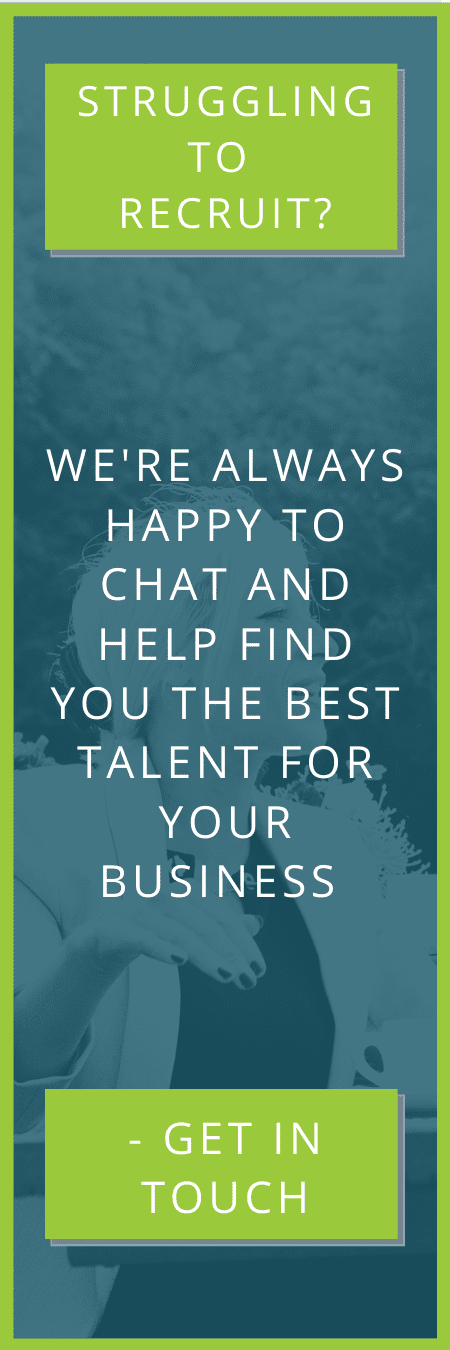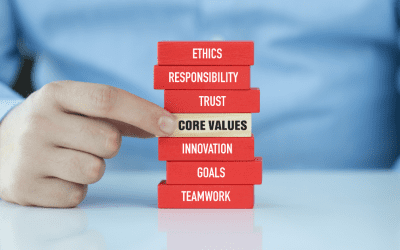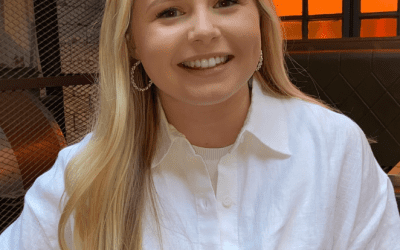A Founder's Practical Guide to Networking.
A founder’s practical guide to Networking in accountancy.
Ah, networking… A word loved by the corporate world, and often an action dreaded by many. We get it, networking can be complicated. Connecting with other professionals to build relationships, exchange ideas, and explore opportunities sound great on the package, but how do you really do it? We’ve asked our founder and networking extraordinaire, Kirsty MacKenzie to shed a little light on the issue.
Understand it:
It’s crucial to understand networking is not simply about attending events, inviting people to your LinkedIn network, or exchanging contact information. It’s about creating meaningful relationships with others and that requires active engagement, such as following up after meeting someone, attending follow-up events, and staying in touch. Like with any relationship, you should remember networking isn’t just about what you can get out of it – it’s also about offering advice, support, or a good chat in a way that makes the relationship mutually beneficial.
Choosing your events.
Not sure about where your target clients are going? Just ask them! Businesses in the professional services space like accountancy firms, lawyers, HR consultancies, are great sources of events for the local business community. The accountancy bodies (ACCA, CIMA, ICAS, etc) also host a wide range of events which aren’t always ‘member’ exclusive, and likely to have many people in your market. Finding out when these events are happening is easy, just sign up to their newsletters online, which often detail upcoming events.
Don’t stop there, speak to your colleagues, and see what events they are being invited to and ask for ideas on what events you should attend alongside them. Showing up to a networking event with someone you know can be a big help if you’ve not had much experience doing it before.
Kirsty’s hack to choosing only the events that are worth your time is getting a copy of the guest list ahead of time to help you decide. Consider whether the speaker/topic is interesting, so worst case you walk away having learnt something!
You’ve shown up, now what?
Be early. Arriving early gives you the chance to make conversations with as many people as possible.
Don’t be fooled by groups. It can look like people know each other well but often the reality is they have just met. You need to be able to approach and join ‘groups’. The easiest way to do this is to be brave. Try to catch the eye of someone in a group, approach and simply say “excuse me, can I join you?”. Another trick is to find the organiser, who you know will always be welcoming, they are likely to be speaking to someone so go and say hi, thank them for putting on the event, and they will probably introduce you to a few people.
Smile, make eye contact and be mindful of your body language (even when in a group, keep your body language open to signal to others that they can join you), people will naturally gravitate towards you. A lot of people feel uncomfortable in a room full of people they don’t know so being approachable helps.
Hang out near the drinks, it tends to be where people go first before they’re in-depth in conversation.
Open questions make good openers – e.g. What brings you here? What are your views on the topic?
Be an active listener. When you’re in a conversation, don’t just think about what you want to say next. Pay attention, ask questions, and really listen to what the other person is saying, think about how you can benefit each other. It doesn’t matter if they aren’t a potential customer directly, consider who they know or what events they could introduce you to.
Practice your ‘elevator pitch’. When someone asks you what you do, what will you say? How are you positioning yourself? How do you explain in a quick and impactful way the benefit you bring and leave people wanting to know more? This may need tweaked depending on your audience.
Work the room – this is key! The goal is to touch base with as many people as possible and share enough information to ascertain whether the two of you should have a more in-depth follow up on another date. Be mindful of those on their own and invite them into your conversations by saying things like “feel free to join us”. This can not only allow you to meet more people it also allows you to slip away easier. Introducing someone you’re newly speaking to with someone you’ve previously spoken to, is a good way to move on without leaving the latest person on their own – you’re helping them network too!
Relax and be authentic. It doesn’t have to be all ‘work chat’, you’re just meeting other humans so be human. Relationships take time to build but you can make quick connections by being open, sharing something personal about yourself, listening and sharing experiences.
Follow up. After meeting someone, be sure to swap contact details. Connect with them on LinkedIn and organise a call or meeting with those you want to chat to further.
After the event:
Now that you’re armed with a list of tactics for your next networking event, think of how attending can be helpful to you after the fact. For example, what follow ups can you do to those you didn’t get a chance to speak to? Who are you going to send a LinkedIn invitation to before you get home that night? To help you connect with as many people as possible after an event, and make sure they stay aware of you and what you do post any learns/takeaways on social media, and tag everyone you spoke to.
It’s a cliché but remember practice makes perfect and you get out what you put in!
 |
Written by Kirsty MacKenzie, Founder.Click here to email Kirsty, or click here to meet the rest of the team. |
finding this interesting?
Why not share it with friends?
It's good to talk
Get in Touch







